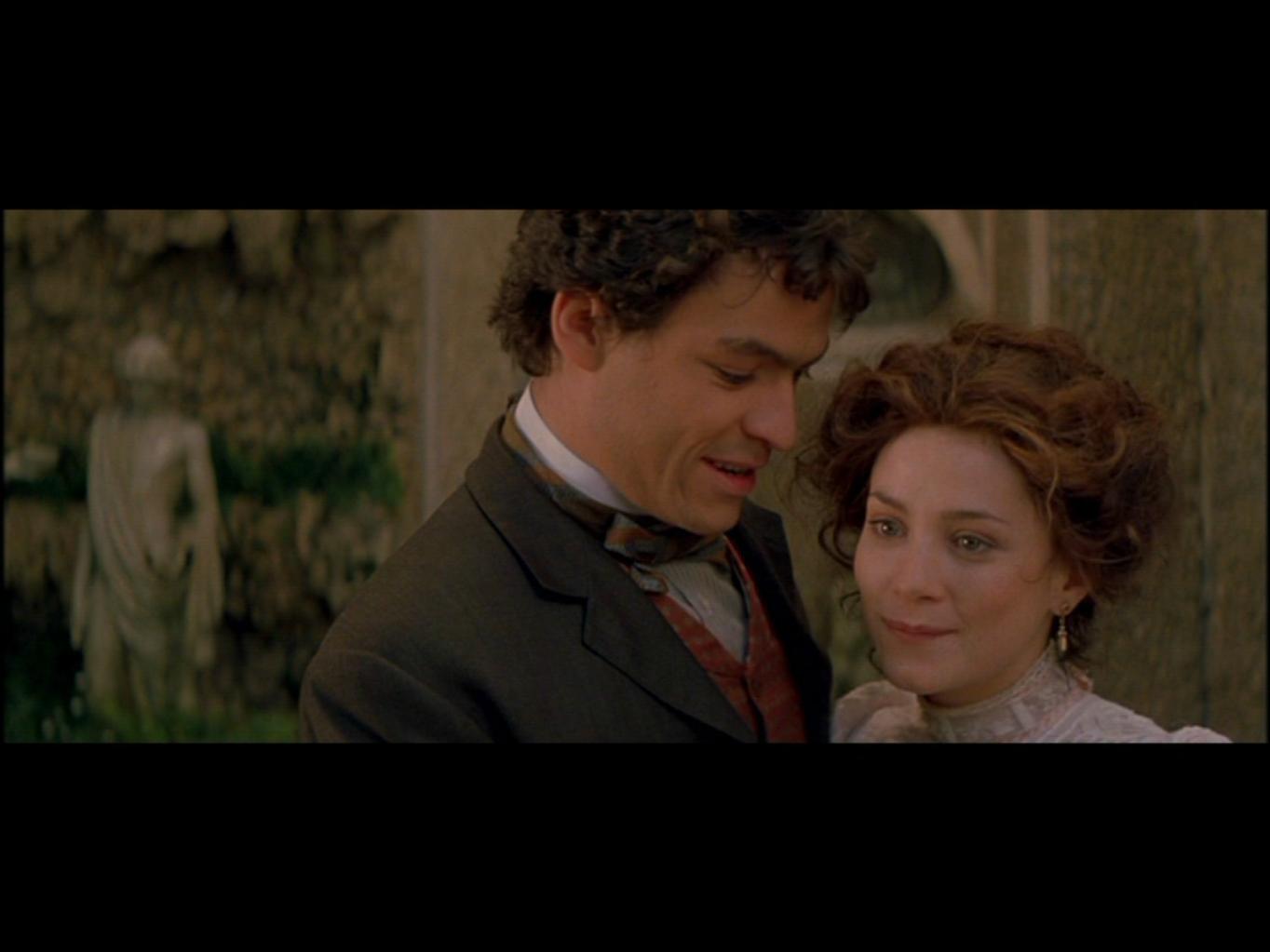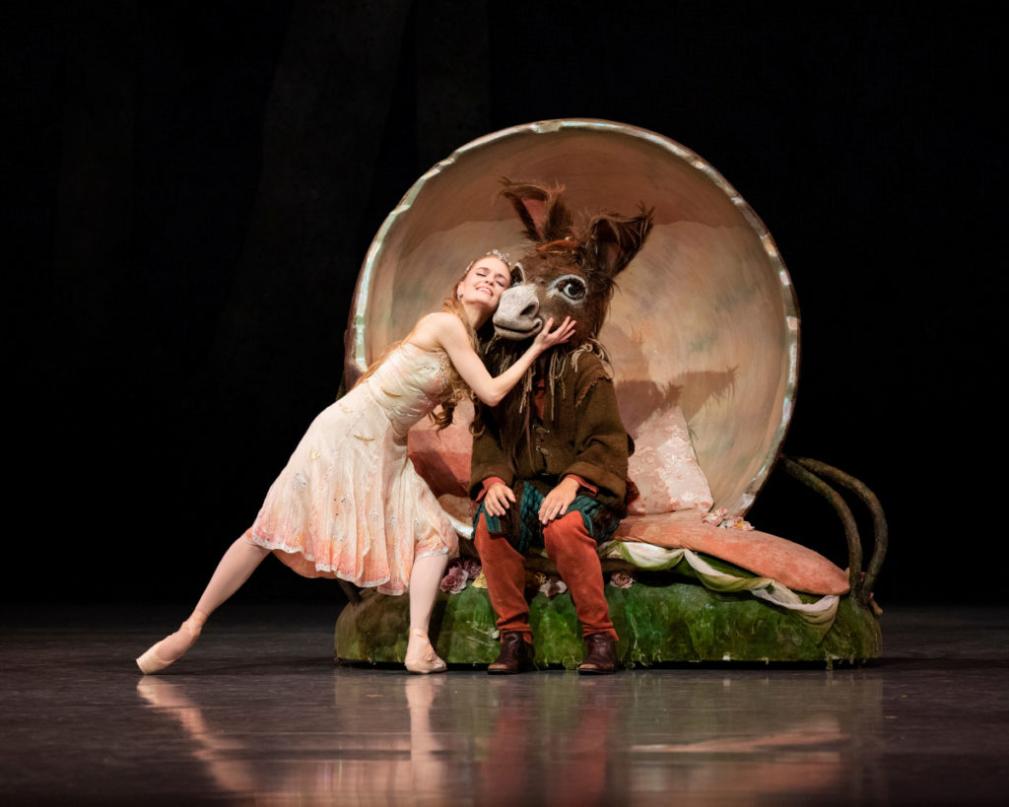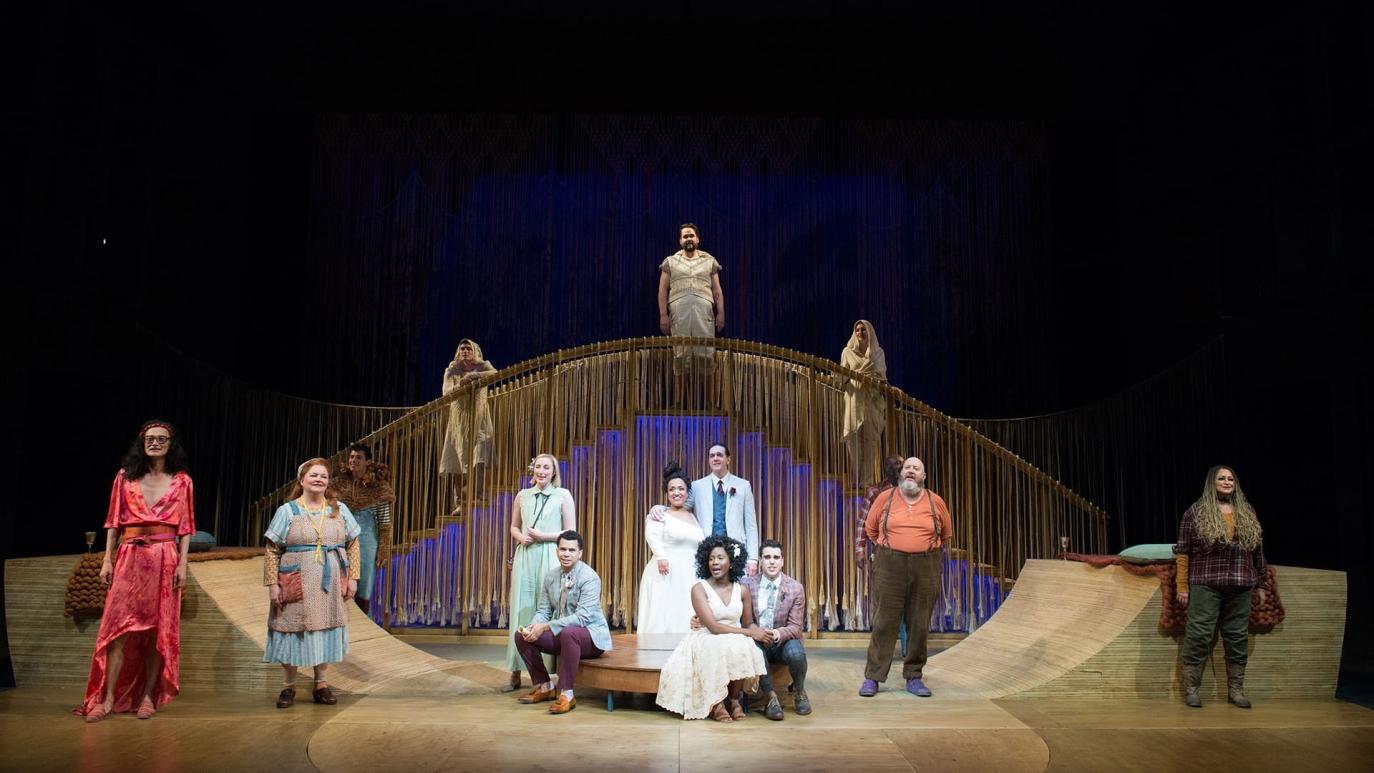How Does Shakespeare Use Language to Create a Sense of Place in A Midsummer Night's Dream?
A Midsummer Night's Dream is one of Shakespeare's most beloved comedies, known for its enchanting forest setting and its exploration of love, illusion, and transformation. In this article, we will examine how Shakespeare uses language to create a vivid sense of place in the play, transporting the audience to the magical realm of the forest and the contrasting world of the court.

I. The Forest As A Place Of Transformation
The forest in A Midsummer Night's Dream is more than just a backdrop; it is a character in its own right, a place of mystery, magic, and transformation. Shakespeare uses language to convey the otherworldly atmosphere of the forest, creating a sense of wonder and enchantment.
- Imagery: Shakespeare employs vivid imagery to paint a picture of the forest's beauty and mystery. He describes the "sweet musk-roses" and "bank of violets," the "fairy land" and "elves' eyes." These images create a sense of a place that is both alluring and dangerous, a place where anything can happen.
- Personification: Shakespeare also personifies nature, giving human qualities to natural elements. The trees "whisper" and the flowers "nod," creating a sense of a living, breathing world. This personification further enhances the sense of magic and enchantment in the forest.
- Metaphors and Similes: Shakespeare uses metaphors and similes to compare the forest to other realms, such as the "wide world" and the "sea." These comparisons suggest that the forest is a place of infinite possibilities, a place where the normal rules of reality do not apply.
II. The Language Of Love And Desire
A Midsummer Night's Dream is also a play about love and desire, and Shakespeare uses language to portray the intense emotions experienced by the characters. The language of love in the play is often poetic and passionate, reflecting the characters' overwhelming emotions.
- Metaphors and Similes: Shakespeare uses metaphors and similes to compare love to natural phenomena, such as the "lightning" that strikes Demetrius' heart and the "sea" of Helena's tears. These comparisons suggest that love is a powerful and uncontrollable force, something that can overwhelm and consume a person.
- Oxymorons and Paradoxes: Shakespeare also uses oxymorons and paradoxes to convey the complexities of love. For example, Helena says that she "hates" Demetrius but also "loves" him, reflecting the contradictory nature of love. These oxymorons and paradoxes suggest that love is a complex and often irrational emotion.
- Puns and Wordplay: Shakespeare also uses puns and wordplay to create a sense of humor and lightness in the play. For example, Puck's famous line, "Lord, what fools these mortals be!" is a playful commentary on the characters' foolish behavior in love. This humor helps to balance out the more serious themes of the play and creates a sense of joy and celebration.
III. The Contrast Between The Forest And The Court
The forest and the court in A Midsummer Night's Dream are two contrasting settings, and Shakespeare uses language to highlight these differences. The forest is a place of freedom and escape from societal constraints, while the court is a place of order and formality, but also of deception and artifice.
- The Forest: The forest is described using language that suggests freedom and escape. It is a place where the characters can shed their social roles and identities and embrace their true selves. For example, Helena says that in the forest, "I am not yet an oak, nor honeybee, but I can play the monster in the woods." This suggests that the forest is a place where anything is possible and where the characters can transform themselves.
- The Court: The court, on the other hand, is described using language that suggests order and formality. It is a place where social conventions and expectations reign supreme. For example, Theseus says that the court is a place where "order shall be restored" and "justice shall be done." This suggests that the court is a place where people are expected to conform to societal norms and where individuality is suppressed.

In A Midsummer Night's Dream, Shakespeare uses language to create a vivid sense of place, transporting the audience to the magical realm of the forest and the contrasting world of the court. The forest is a place of mystery, magic, and transformation, while the court is a place of order, formality, and deception. Shakespeare's skillful use of language allows the audience to experience the play's themes of love, illusion, and transformation in a deeply immersive way.
A Midsummer Night's Dream continues to be one of Shakespeare's most popular plays, performed and enjoyed by audiences around the world. Its enduring appeal lies in its timeless themes, its enchanting characters, and its beautiful language. Shakespeare's use of language to create a sense of place is a key element in the play's success, and it is one of the reasons why it continues to resonate with audiences today.

YesNo

Leave a Reply